I thought it might be fun to look back on my picks for “best of the year” this decade as those years were ending (mostly fun for me, but you can enjoy it too, if you want).
My tastes haven’t changed drastically as I aged from 21 to 31, but there will definitely be some tweaking of the rankings when I make my “best of the decade” list.
For example, I ranked “Firefly” No. 5 in my best TV of 2002, but now I rank it at No. 3 for the whole decade. And I never put “Dead Like Me” on a top 10 list, but now it’s my No. 4 show of the decade (I didn’t catch it’s original run on Showtime).
Anyway, here’s what I thought then (the reviews are from the NDSU Spectrum, 2000-02; the Brainerd Dispatch, 2003-07; and my blog, 2008):
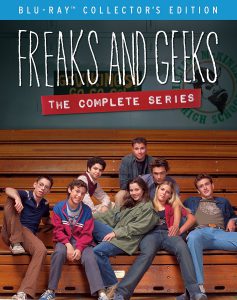
2000 — “Freaks and Geeks.” No review; I just made a “best of the year” pick.

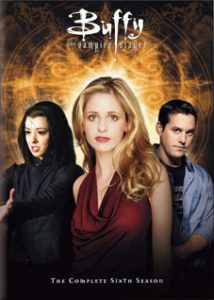
2001 — “Buffy the Vampire Slayer.” Still the best-written, best-acted, most creative show on TV. It can be haunting (“The Body,” where Buffy’s mom dies), powerful (“The Gift,” where Buffy dies) or flashy (“Once More With Feeling,” the musical episode), but it never fails to entertain. Joss Whedon has been carefully paving the way for the pairing of Buffy and Spike ever since he noticed the Sarah Michelle Gellar/James Marsters chemistry, and it’s paying off: Their fight/sex scenes push the envelope of how disturbing TV can be.

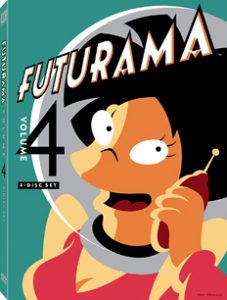
2002 — “Futurama.” It’s amazing what you can get away with when you’re an animated show. Nary an episode goes by without something inexplicably bizarre happening — i.e. Hermes and Dr. Farnsworth playing chess naked in the background of a scene. “Futurama” also offers up poignant stories, as with the episode about the dog Fry left behind in the 20th century. “Where No Fan Has Gone Before,” featuring the universe’s biggest “Star Trek” fan (an obnoxious energy cloud) and most of the original “Trek” cast, was “Futurama” at its finest.
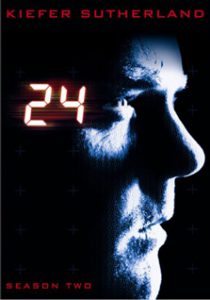
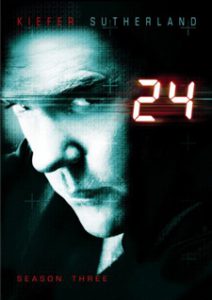
2003 — “24.” The third season is often when good shows peak, and that’s the case with “24,” a crackerjack, thrill-a-minute, hot-topic-around-the-water-cooler thriller. Cliches, I know, but these are fitting for a show that takes the tiredest ideas — a deadly virus, a crime lord, a forbidden romance — and keeps us from laughing thanks to the rapid-fire shuffling among four or five plot threads. I’ll forgive Kim being stalked by a cougar on Day 2 and Jack getting involved in a Russian roulette game in the current Day 3. “24” is trying to bridge the inexplicable gap that often exists between “quality” and “mainstream,” and this year, it’s succeeding. Microwave some popcorn, crank up the surround sound and enjoy. And beware of cougars.
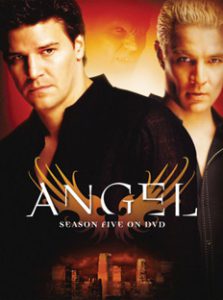
2004 — “Angel.” Television has “That ’70s Show” and that ’60s show (“American Dreams”), but at the moment, it lacks any 20s shows (unless you count “North Shore,” which I don’t). With last spring’s cancellation of “Angel” after five years and “Wonderfalls” after four episodes, the demographic that advertisers claim to court heavily is hardly represented at all on the dial. Technically, Angel (David Boreanaz) was a couple centuries removed from being in his 20s (and that’s not even counting the 100 years he spent in a hell dimension), but it was easy to forget that. We were told that the hero vampire felt tortured by the memories of his killing sprees, but I’ve often suspected he was tortured over being stuck between childhood and adulthood — smart enough to know life stinks but not mature enough to get over it. The Angel gang’s swan song was marked by a series of dark moments — R.I.P. Cordelia, Fred, Wesley and Lindsey — topped off by a bleak ending — good luck with that monster invasion, Spike, Gunn and Angel; see you in the movies someday.
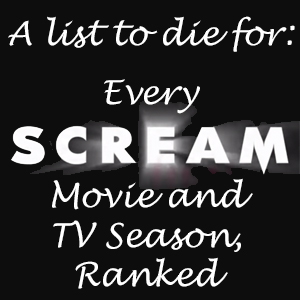

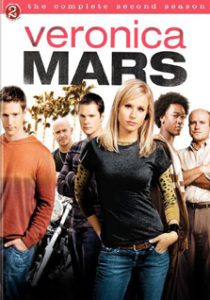
2005 — “Veronica Mars.” It’s the coolest show on TV because Kristen Bell and the supporting cast have mastered an acting style positioned comfortably between classic noir and modern melodrama. It’s the best show on TV because it respects its audience. Unlike most mystery series (even good ones like “Monk”), the way the weekly cases are solved always rings true, and the season-long head-scratcher — who sent a busload of students over a cliff? — makes every episode vital viewing.
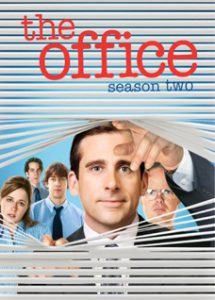
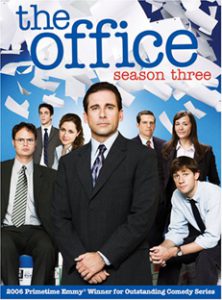
2006 — “The Office.” Jim (John Krasinski) and Pam (Jenna Fischer) continue to be TV’s cutest not-quite-a-couple. It’s frustrating, sure, but also believable and deftly written. Jim moves to the Stamford branch to avoid Pam, to whom he confessed his love on the eve of her wedding. Then Pam backs out on her wedding. When Jim returns to the Scranton branch, he is dating the cute office mate from Stamford. This is good stuff that will cause a viewer to utter “awwws” and “ooohs” even when watching alone.
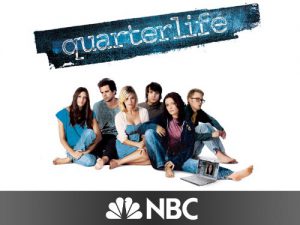
2007 — “quarterlife.” As traditional TV continues to turn a cold shoulder to quality programming, Marshall Herskovitz and Edward Zwick have come up with the best possible solution: Turning their shot-down pilot “quarterlife” into an Internet series. It probably won’t become a trend — H&Z are among the few producers willing to spend good money on this medium — but at least we get to see their work. Having already tackled teens (“My So-Called Life”), 30-somethings (“thirtysomething”) and 40-somethings (“Once and Again”), H&Z take aim at 20-somethings in eight-minute installments (perhaps befitting our attention spans). “quarterlife” takes an honest look at young adults who struggle to find their niche as they are exposed to office politics (Dylan’s magazine idea gets stolen), career indecision (Lisa wonders if she’s cut out to be an actor), and old-fashioned romantic entanglements (Dylan likes Jed, who likes Debra, who likes Danny, who doesn’t know who he likes).
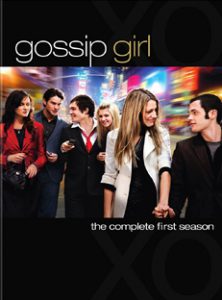
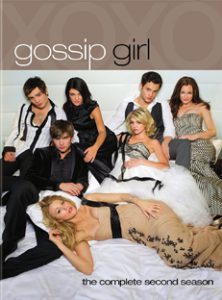
2008 — “Gossip Girl.” No review; I just made a list.
Hey, this was kind of fun, so I’ll be back tomorrow with a look at my No. 1 movies for each year, as they happened.

